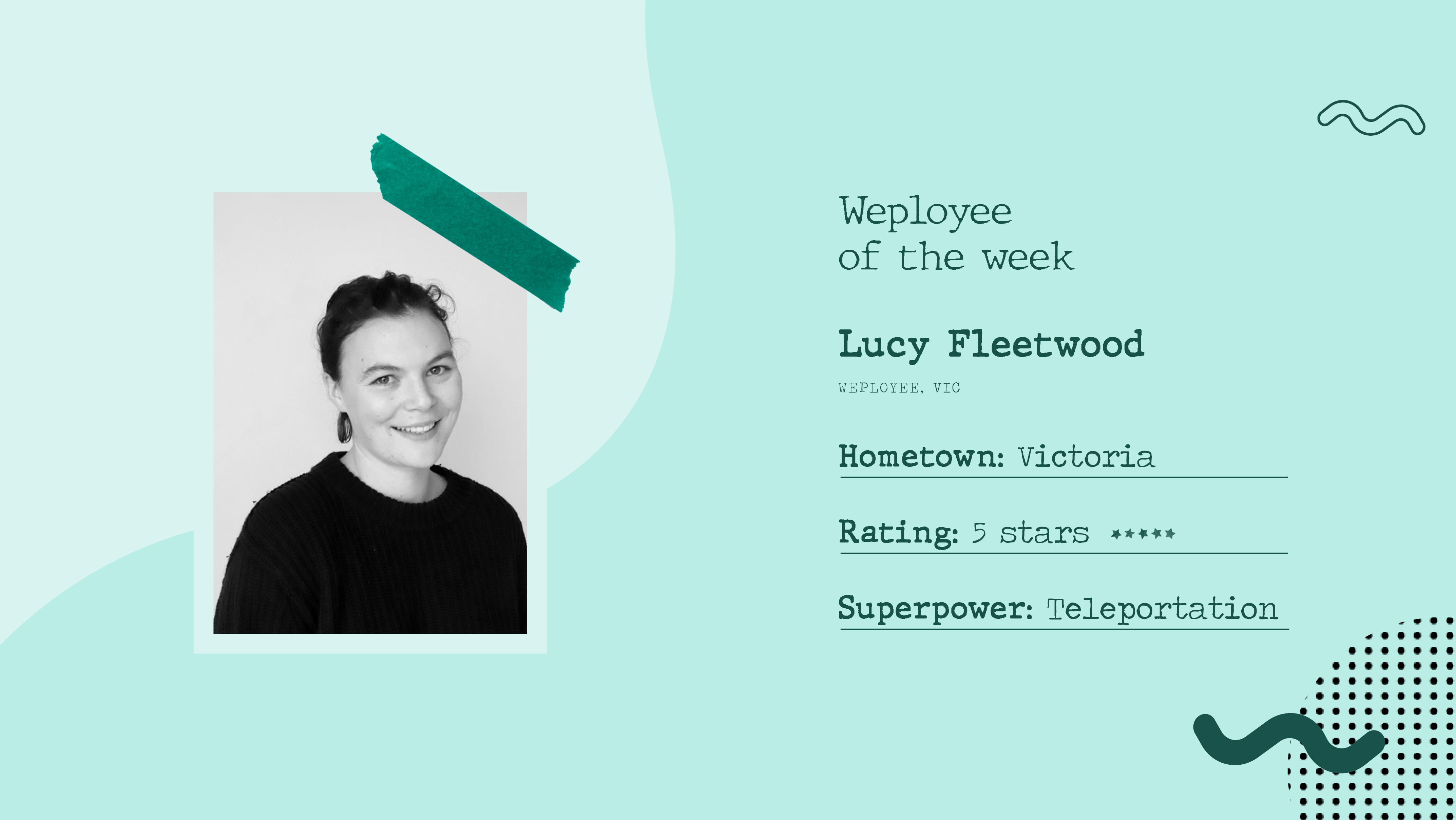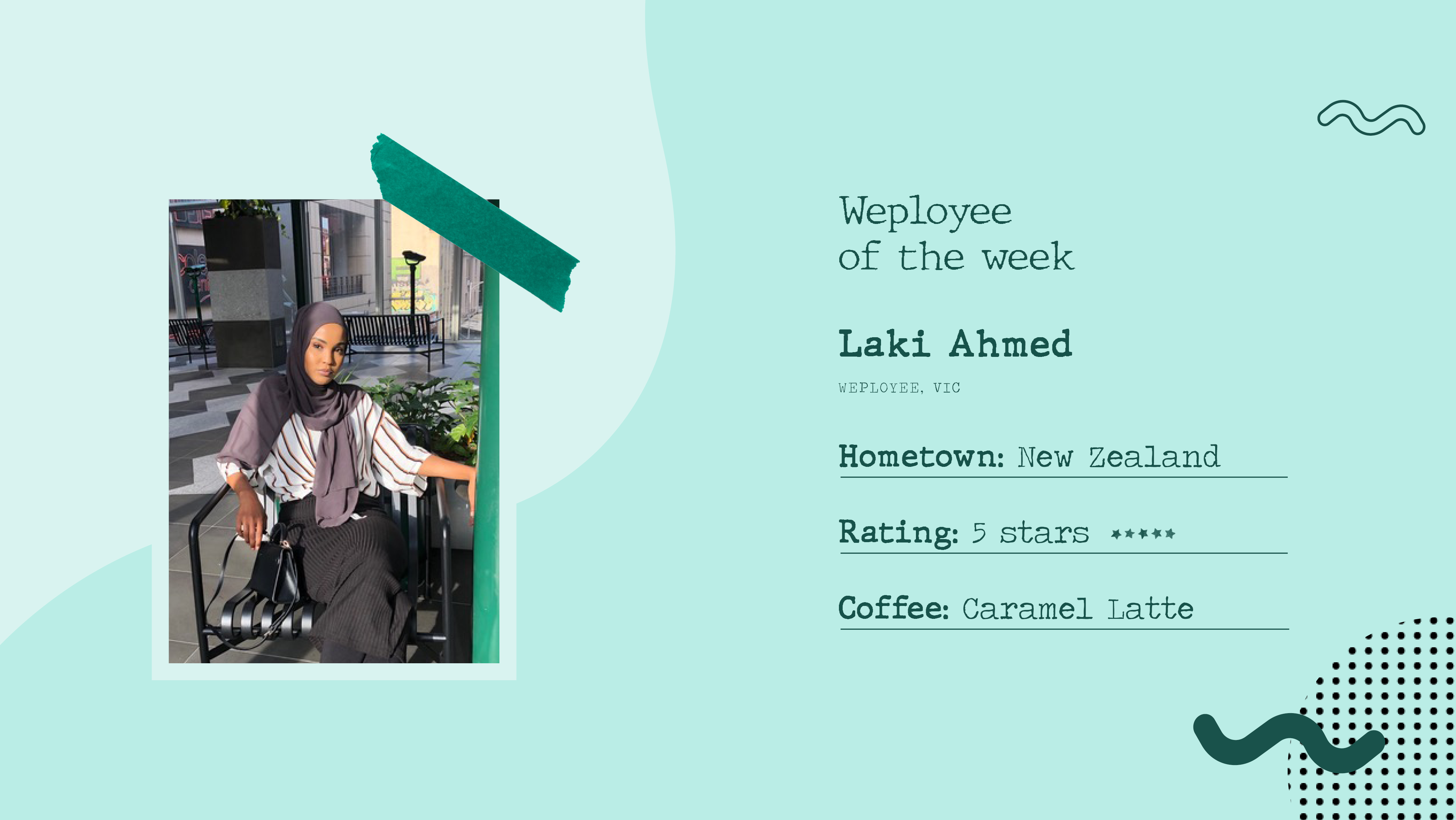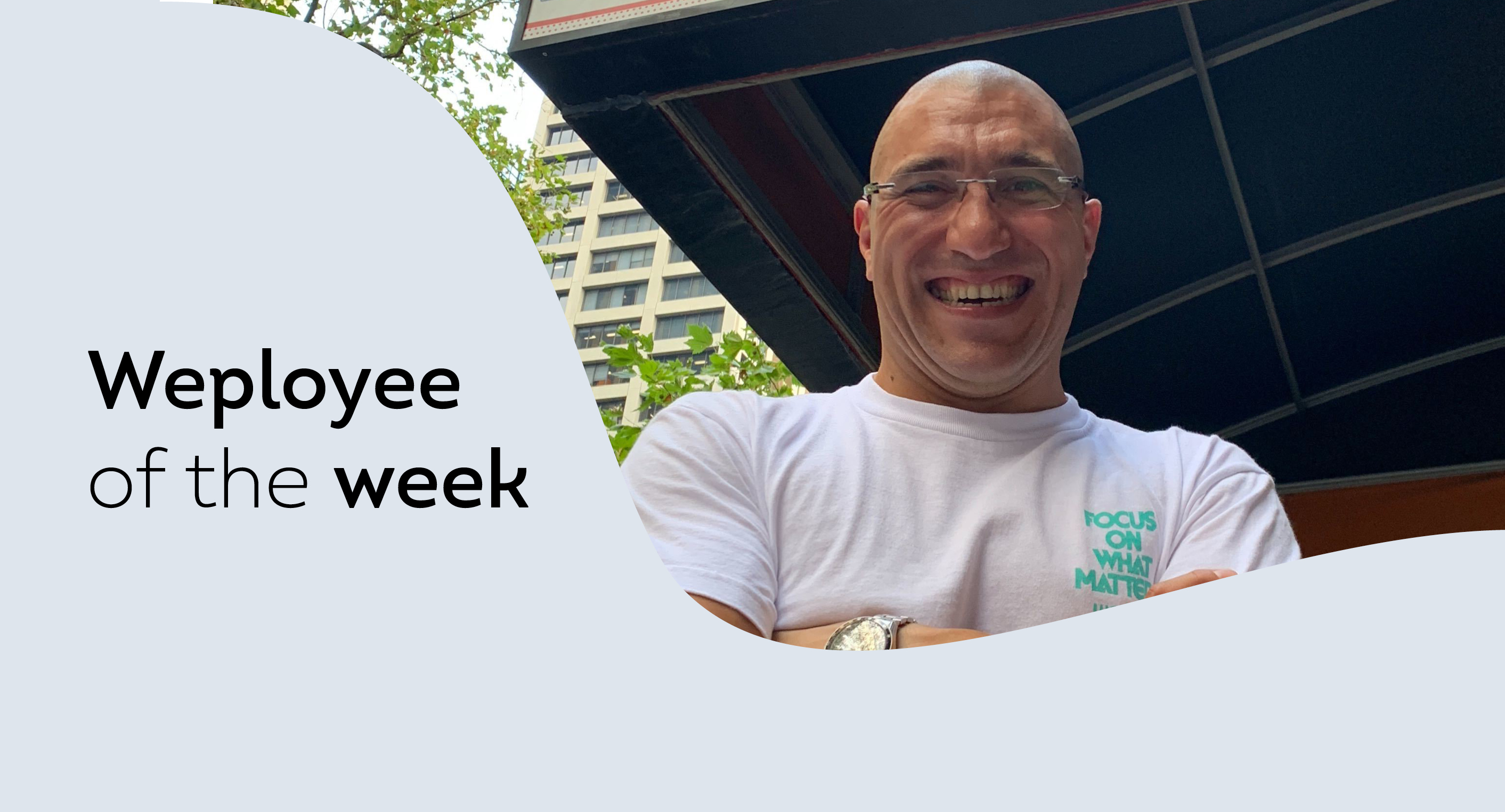Wife. Mother. Ex-Premier League Basketballer, regional Volleyballer and part-time illustrator… It’s a wonder Lottie Laws has any time for anything else but as Head of Video for Twitter Australia, she is responsible for pushing video solutions and ideation forward to meet the needs of Australian and International advertisers. Based in Sydney for almost 5 years, Lottie previously lived in the UK where she led International Advertising for iTunes/Apple Music at Apple and prior to that leading the digital marketing at luxury heritage brand Mulberry. With what can only be some kind of superhuman magical power, she found the time to present to the guests of World Forum Disrupts’ Women of the Web event on Diversity in Leadership and the effect it has on Emerging Talent. Did we mention she was also expecting her second child at the time? Needless to say, this chick has some tips and tricks up her (wizards) sleeve, which we’d like to pass on to you.
The Importance of Diverse Leadership and Innovation
Looking back to her tenure at Apple, Lottie recognised it being the place she learned the most about what she needed from a company in order to be successful and feel like she COULD be successful. As International Advertising Lead, she worked with some incredibly talented leaders who inspired her and pushed her to develop herself and her teams. One of whom was Oliver Schusser. In his role (then) as Head of International Services, Schusser was the most capable person Laws had worked with to date professionally and in his personal life too. He knew the markets inside out and his industry knowledge was intimidating. His workout regime was bonkers and he managed to get through international departures within 10 minutes flat on every work trip. However, from 2012 when she joined, to 2014 when she left, Lottie notes that 12 of the 13 Executive Board members, were men.

“Individually, all these people were extremely impressive, and individually, I had role models. However, on reflection, I failed to see any of myself reflected across the board, or any of the challenges I face as a woman lived out and overcome, in front of me”
If there is no literal, visual representation to aim for and you can’t see an example of your end goals ahead of you, the pathway to get there becomes a lot less defined. Putting her love for the brand to one side, Lottie decided the company wasn’t right for her at that time. A predominantly masculine leadership team is nothing out of the ordinary, yet the results of lack of Diversity in teams is both devastating and well reported on. Performance statistics plummet and companies end up losing talent. Innovation - which is one of the key drivers of increased revenue, is stunted. In a BCG study of leadership teams globally, those companies which reported below average levels of leadership diversity (in multiple areas including nationality and age as well as gender) showed 26% of their revenue was directly attributed to innovation. But for those who reported above average levels of diversity in their leadership teams - 45% revenue was down to innovation. In short - both for developing and developed economies, companies with above-average diversity report a greater payoff from innovation and higher EBIT margins.
Diversity in leadership communicates to staff a concrete example of what success can look like.
So What Can I Do About It?
The statistics aren’t promising, and the benefits of having diverse leadership as a shortcut to successful growth and innovation is clear, for companies and individuals alike. Lottie was careful to point out that she has spent time on self-development, and focuses her efforts strictly on what she can control, rather than what she can’t as a coping mechanism. Unfortunately, we cannot cherry pick the people who form our leadership teams throughout our careers. As employees, we have no control over the way our C-suite develops, how many men there are to women, what their ages, nationalities or backgrounds are. What we can focus on however, is the building of a strong and varied personal support network of role models and sponsors to create our individual personal leadership panel. They will need to be a mix of professional and personal contacts who can be categorised into 5 key types to be called upon for different situations and to help support and promote personal growth.
Role Models
As personal Role Models, Lottie mentioned Schusser who she worked with at Apple, along with Tracey Hannely, who was International Marketing Director at the time. Both are aspirational figures who have work ethics, roles, and skill sets Lottie would like to emulate. Though not in regular contact, it’s a great idea to have people with qualities and talents in mind to learn from and provide motivation.
Sponsors
Lottie defines Sponsors almost as referees, who will help to push her into new opportunities, connect her, and promote her reputation up the ladder. With first-hand knowledge of her capabilities, and an in-depth observation of her working style, these are the people who she can rely upon for enabling career development and role advancement.
Her current boss Ryan Moore Global Director of Video at Twitter is a Sponsor but Lottie reminds us that ex-colleagues can still be counted as Sponsors on our personal leadership teams, and in fact, are often best placed to give honest feedback on our performance and working style.
Mentors
Contrastly to the Sponsors Law has worked with before, her mentors are a team of experienced advisors and career coaches that she has consciously and strategically pulled into her inner circle. Perhaps it is someone whose career you admire or someone with specific and specialised skills you wish to emulate. A mentor will provide practical guidance and offer impartial advice without being too involved with the day to day details of your life and career. Lottie notes that her mentor, Suzy the MD of Twitter is able to give her genuine, constructive feedback, challenge her thinking and was the first one to probe her on her Personal Brand.
Peers
Colleagues or peers are those people who might be going through the same career trajectory or have similar backgrounds, goals or aims. Peers are valuable members of your personal leadership panel to use as soundboards for industry insights, or for sharing lived experience with for mutual benefit. Claire Lewis - Strategy Director of Nike Italy and Gaidic Valdelievre, who manages Learning and Development at Chanel, Paris are the peers on Law’s leadership panel.
Personal
Everyone needs friends on their leadership panel and these are the people who cross over into our inner circles too. Naomi Pereira (BNP Paribas) and Lucy Yurek (Global Head of Comms at HSBC) are the friends Lottie knows she can count on to provide a sympathetic ear, provide childcare advice and also guide her professionally, over a wine or plate of eggs at the weekend. It just so helps that Naomi is also an HR Business Partner, well versed in HR practise, rights and industry standards.
External
Failing everything else, being a member of one of the hundreds of global and agnostic bodies, communities and collectives is a great place to feel connected, inspired and supported by like-minded people around you. Laws mentions Connected Women and Twitter Women as the impartial external groups on her Personal Leadership Panel that she knows she can turn to anywhere, at any time.
Thinking back on her personal journey, Lottie realised that what it has taken for her to feel like she’s in a place where she can achieve success and be happy, is directly correlated to company diversity at the leadership level. However, until companies realise the benefits of diversity not only to retain talent, but to innovate, increase relevancy and increase profit margins, she has engineered her own personal leadership panel to achieve this wherever she finds herself, and encourages everyone to do the same. To learn more about some of the most inspiring women in leadership, check out the blogpost below.

On August 28th 2020, Lucy celebrated one year on the Weploy platform. She's made a huge impact in that time, gaining experience with roles at some of our biggest clients like Deliveroo and RMIT. Lucy has a full 5 star rating and has been called a "pleasure to work with" by her Manager at Hotdoc - another reason why she is our Weployee of the Week.

In just a few short months on the Weploy platform, Laki has earned herself a full 5 star review and gained experience at some of Australia's largest Insurance companies. She has inbound and outbound Call Centre experience and has an ability to prioritise Customer Experience first, whilst managing high volume enquiries. She's our Weployee of the Week!

Education: Year 12, Cert 4 commercial cookery, Cert 4 security operations
Streamline your hiring
Business support staff with no hidden fees. Start hiring anytime.
